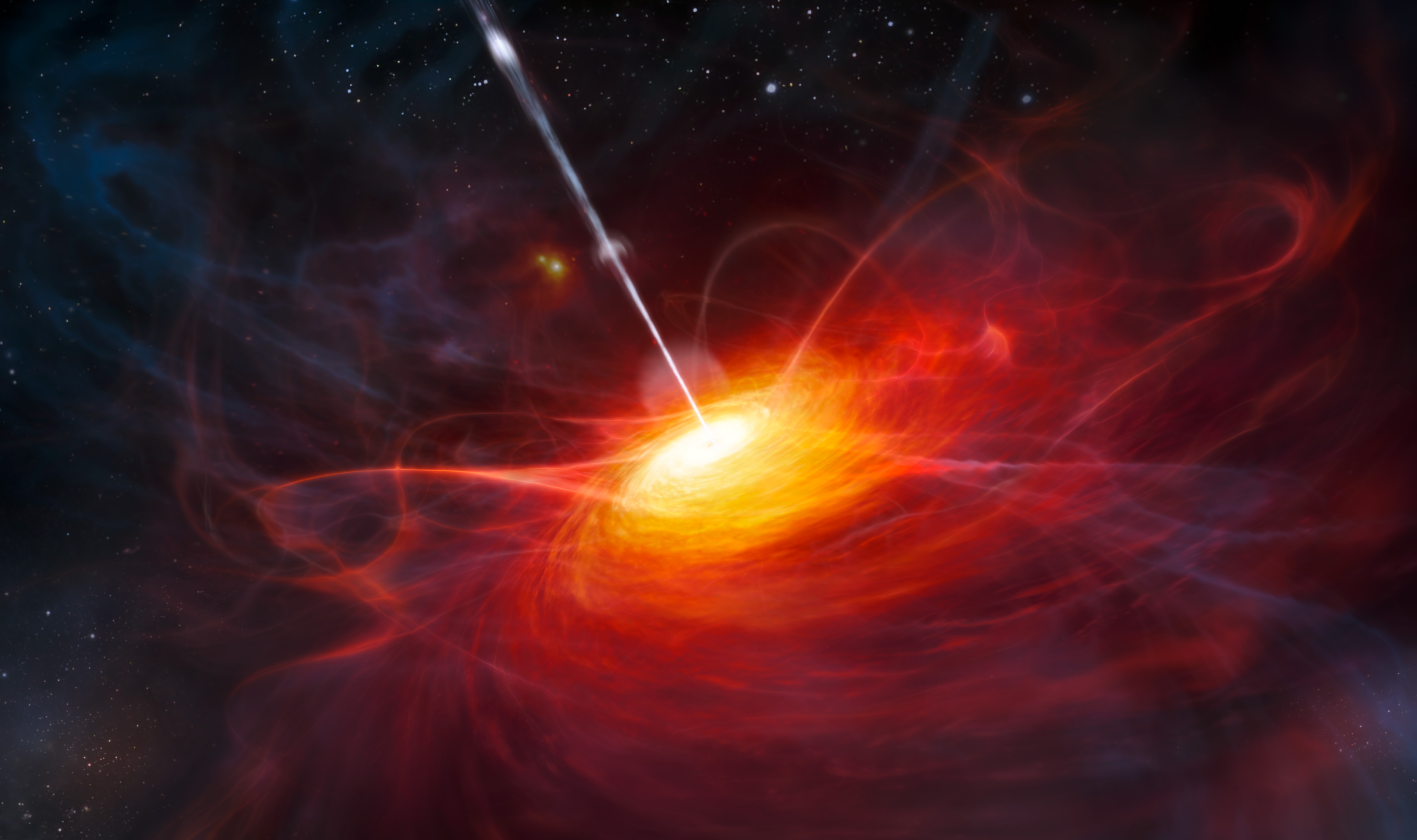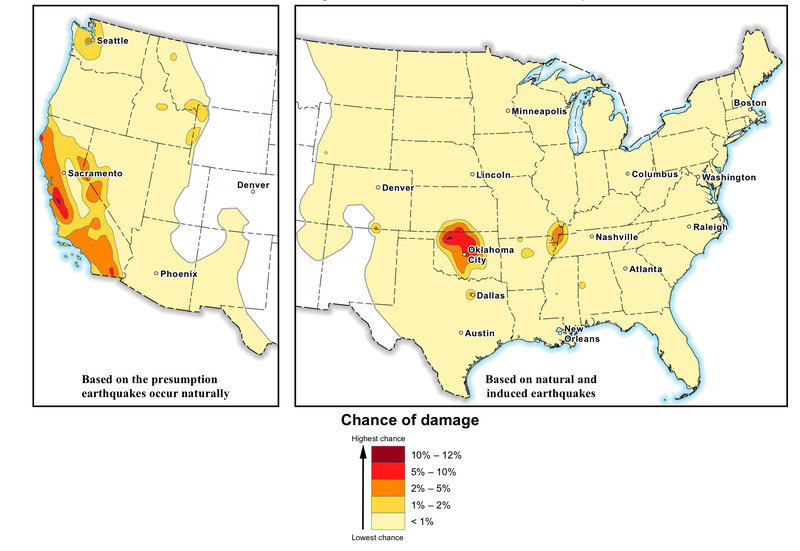Researchers use new computational method to determine magnetic quantum effects in solids
05/11/2019 / By Edsel Cook

An international team of researchers finally figured out how to predict the magnetic quantum effects on solid crystals. By using a different theoretical method, they could overcome some of the drawbacks of a long-standing model.
The atoms and molecules of solid crystals are organized in 3D shapes. These structures give the crystal their distinct form and properties. Inside the crystalline framework of the lattice, the atoms interact with each other through many types of forces. Eventually, the atoms will attain a state of minimum energy.
As a solid approaches absolute zero temperature (-574 F or -217 C), the oscillations of the crystal lattices come to a halt. At these extremely cold temperatures, the solids will now become dominated by the interactions between electron spins.
Electron spins can produce very odd phenomena. One of the oddest ones posit that all of the spins might not be capable of aligning at the same time. This “frustrated” state will prevent the solid from attaining its state of lowest energy.
Frustrating the alignment of the electron spins causes the system to get disrupted. The spins in the system will be in such complete disarray that they will switch from spin solids to spin liquids. (Related: Researchers turn levitation into reality.)
Overcoming the limitations of the Heisenberg model on a pyrochlore lattic
Quantum researchers usually use the Heisenberg model on a pyrochlore lattice as their primary model for evaluating 3D frustrated quantum magnets. This particular spin model takes the form of a crystal structure that resembles a cube – to be specific, tetrahedrons that share corners with each other.
Although the Heisenberg model-based approach more or less worked, researchers was hampered by the inability to make practical predictions. For example, the model was unable to determine specific materials and temperatures for the quantum magnets.
Research teams in Canada, Germany, India, and Japan thoroughly evaluated the Heisenberg model. Led by German researchers at the Helmholtz-Zentrum Berlin für Materialien und Energie (HZB), they applied a new theory that overcame a number of the difficulties experienced by the previous method.
The alternative method made it possible to change the spin value of the atoms that formed the lattice. It also became possible to adjust the parameters of interaction between the atoms. For example, adjusting the temperature could excite the atoms into interacting more often. Most importantly, the new method allowed the researchers to calculate the range of parameters within which they could achieve new magnetic quantum effects.
The latest method allows predicting the quantum effects on 3D frustrated magnets
“We were able to show that quantum physical effects surprisingly only occur over very limited parameter ranges,” remarked HZB researcher Johannes Reuther. A theoretical physicists who served as the co-author of the study, he published the findings of his team in the journal Physical Review X.
Reuther and his teammates investigated spin systems in the crystalline lattices with spin values that ranged from ½ to in excess of 1.5. The research group leveraged the powerful capabilities of the Leibniz Supercomputing Centre in Munich, Germany.
They reported that the quantum effects of 3D frustrated magnets were most noticeable at the lowest possible spin value of ½. Once the spin value of a quantum system reached 1.5 or higher, the spin system would start behaving in almost the exact same way as a classical physical system, so ideally the value needed to be kept low.
The results of the HZB-led study enhanced existing insight into the nature of solid crystals. Furthermore, it would improve the means by which researchers sought out 3D spin fluids in quantum materials.
Sources include:
Tagged Under: breakthrough, crystals, discoveries, electrons, future science, magnetism, physics, quantum physics, research



















